Home>Furniture & Design>Interior Design Trends>How To Package Glass For Shipping
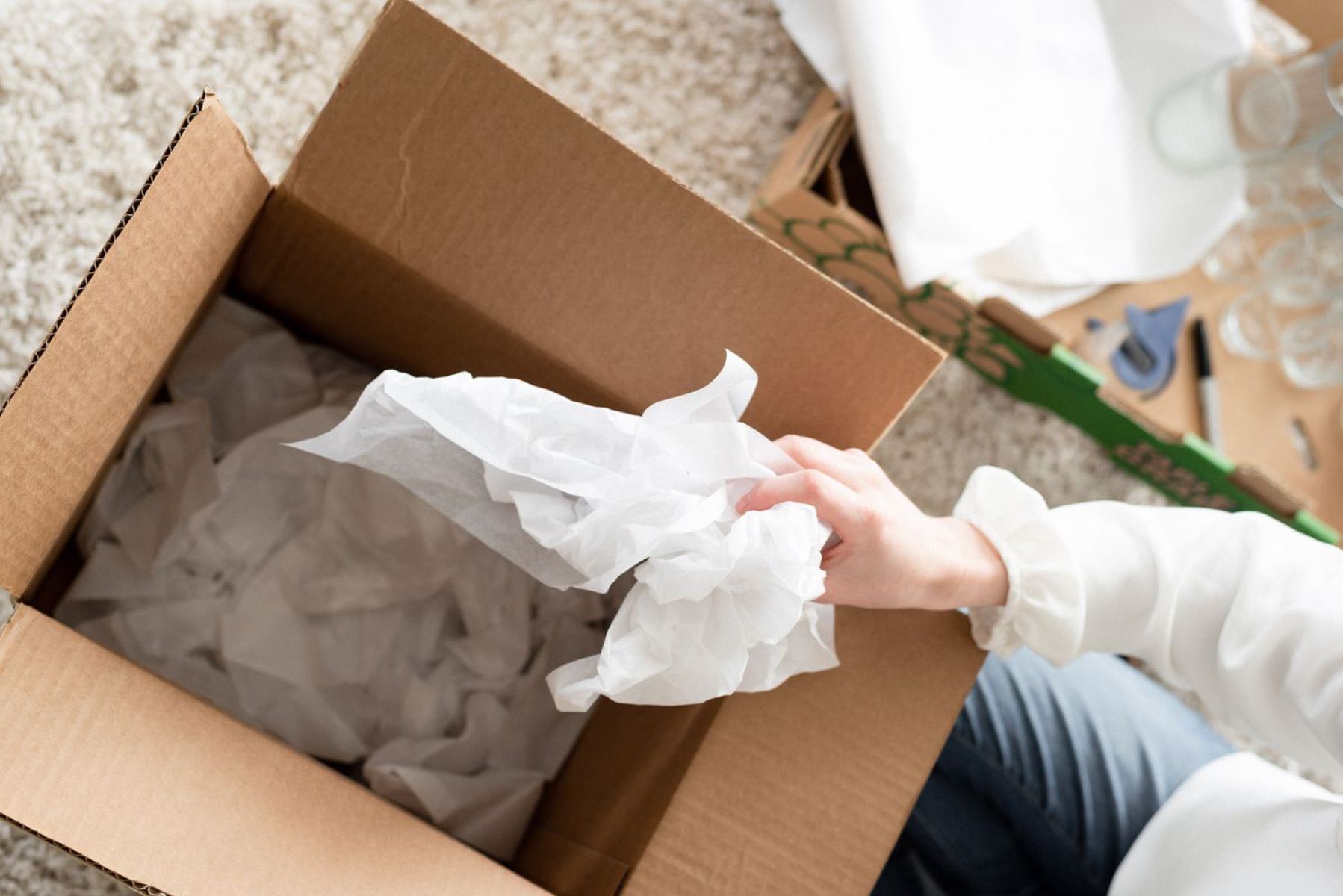

Interior Design Trends
How To Package Glass For Shipping
Modified: February 18, 2024
Learn how to package glass for shipping and protect your fragile items with the latest interior design trends. Safely ship glass decor with these expert tips.
(Many of the links in this article redirect to a specific reviewed product. Your purchase of these products through affiliate links helps to generate commission for Storables.com, at no extra cost. Learn more)
Introduction
Shipping glass items can be a nerve-wracking experience, as the fragility of glass makes it susceptible to damage during transit. Whether you're sending delicate glassware, mirrors, or decorative glass pieces, ensuring their safe arrival at the destination requires careful packaging. By following the right steps and using the appropriate materials, you can significantly reduce the risk of breakage and ensure that your glass items reach their destination intact.
Properly packaging glass for shipping is essential to protect it from potential damage caused by handling, vibrations, and impacts during transportation. This process involves securing the glass items in a sturdy container, cushioning them to absorb shocks, and clearly labeling the package to alert handlers about its fragile contents. With the right approach, you can minimize the chances of breakage and provide peace of mind to both the shipper and the recipient.
In this guide, we will walk you through the step-by-step process of packaging glass items for shipping. From gathering the necessary materials to sealing and labeling the package, each stage plays a crucial role in safeguarding the delicate contents. By following these instructions, you can ensure that your glass items are well-protected and ready for a safe journey to their destination. Let's dive into the details of how to package glass for shipping, ensuring that your precious items arrive in pristine condition.
Key Takeaways:
- Safely shipping glass items requires proper wrapping, cushioning, and labeling. Gather materials, wrap items in bubble wrap, secure in a sturdy box, and label as “Fragile” for safe transit.
- Protect glass items by filling empty spaces in the box with packing materials. Seal the package securely, label as “Fragile,” and ensure essential information is clearly marked for safe shipping.
Read more: How To Package Crystal Stemware For Shipping
Materials Needed
When it comes to shipping glass items, having the right materials at your disposal is crucial for ensuring the safe transit of delicate objects. Here's a comprehensive list of materials you'll need to effectively package glass for shipping:
-
Glass Cleaner and Cloth: Before packaging glass items, it's essential to ensure they are clean and free from dust, fingerprints, or any other residues. Using a gentle glass cleaner and a soft, lint-free cloth, thoroughly clean the surfaces of the items to be shipped.
-
Bubble Wrap: This is a key component in protecting glass items during transit. Bubble wrap provides a cushioning layer that helps absorb shocks and vibrations, reducing the risk of breakage. Ensure you have an adequate amount of bubble wrap to wrap each glass item securely.
-
Packing Paper: Packing paper is useful for wrapping individual glass pieces or providing additional cushioning within the shipping box. It helps prevent items from shifting and coming into contact with each other during transit.
-
Packing Peanuts or Foam Sheets: These materials are ideal for filling empty spaces within the shipping box. They provide additional cushioning and help immobilize the glass items, reducing the risk of movement and potential breakage.
-
Sturdy Shipping Boxes: Select durable, corrugated shipping boxes that are appropriate for the size and quantity of glass items being shipped. It's important to choose boxes that provide ample space for cushioning materials while ensuring a snug fit for the glass items.
-
Packing Tape: High-quality packing tape is essential for securely sealing the shipping box. Ensure that the tape is strong and reliable to prevent the box from accidentally opening during transit.
-
Fragile Stickers or Labels: Clearly mark the package as "Fragile" using stickers or labels. This alerts handlers to exercise caution when transporting the package and encourages gentle handling.
-
Marker or Labeling Pen: Having a marker or labeling pen on hand allows you to clearly label the package with essential information, such as the destination address, return address, and any special handling instructions.
By gathering these materials before you begin packaging, you'll be well-prepared to safeguard your glass items and minimize the risk of damage during shipping. Each of these materials plays a vital role in ensuring that your glass items are adequately protected and ready for a secure journey to their destination.
Step 1: Gather Packing Materials
Before embarking on the process of packaging glass items for shipping, it is crucial to gather the necessary packing materials to ensure the safe transit of delicate objects. The first step in this process involves assembling a comprehensive array of materials that will be instrumental in safeguarding the glass items throughout their journey. By having the right materials at your disposal, you can significantly reduce the risk of breakage and ensure that the glass items reach their destination in pristine condition.
The following materials are essential for effectively packaging glass items for shipping:
-
Glass Cleaner and Cloth: Before initiating the packaging process, it is imperative to ensure that the glass items are clean and free from any residues that could compromise their integrity during transit. Using a gentle glass cleaner and a soft, lint-free cloth, meticulously clean the surfaces of the glass items to be shipped. This step not only enhances the visual appeal of the items but also ensures that they are devoid of any substances that could potentially cause damage.
-
Bubble Wrap: A fundamental component in protecting glass items during shipping, bubble wrap provides a cushioning layer that helps absorb shocks and vibrations, thereby reducing the risk of breakage. It is essential to have an ample supply of bubble wrap to securely wrap each glass item, providing a protective barrier that mitigates the impact of external forces during transit.
-
Packing Paper: Utilized for wrapping individual glass pieces or providing additional cushioning within the shipping box, packing paper plays a crucial role in preventing items from shifting and coming into contact with each other during transportation. This additional layer of protection minimizes the risk of abrasion and breakage, ensuring that the glass items remain secure throughout the shipping process.
-
Packing Peanuts or Foam Sheets: These materials are indispensable for filling empty spaces within the shipping box, providing supplementary cushioning, and immobilizing the glass items to prevent movement. By effectively utilizing packing peanuts or foam sheets, the risk of potential breakage due to shifting or impact is significantly reduced, enhancing the overall protection of the glass items.
-
Sturdy Shipping Boxes: Selecting durable, corrugated shipping boxes that are suitable for the size and quantity of glass items being shipped is essential. It is imperative to choose boxes that offer ample space for cushioning materials while ensuring a snug fit for the glass items, thereby minimizing the risk of movement and breakage during transit.
-
Packing Tape: High-quality packing tape is indispensable for securely sealing the shipping box, providing reinforcement to prevent accidental openings during transit. The use of reliable packing tape is crucial in ensuring that the contents remain secure and protected throughout the shipping process.
-
Fragile Stickers or Labels: Clearly marking the package as "Fragile" using stickers or labels is essential to alert handlers to exercise caution when transporting the package. This simple yet crucial step encourages gentle handling and enhances awareness of the delicate nature of the package's contents.
-
Marker or Labeling Pen: Having a marker or labeling pen on hand allows for the clear labeling of the package with essential information, such as the destination address, return address, and any special handling instructions. This ensures that the package is accurately labeled and ready for safe and efficient transit.
By gathering these essential packing materials, you will be well-prepared to safeguard your glass items and minimize the risk of damage during shipping. Each of these materials plays a vital role in ensuring that your glass items are adequately protected and ready for a secure journey to their destination.
Step 2: Wrap the Glass Items
Wrapping the glass items is a critical step in the process of packaging them for shipping. Proper wrapping provides a protective layer that shields the delicate surfaces from potential impacts and minimizes the risk of breakage during transit. To effectively wrap glass items, follow these essential steps:
Individual Wrapping:
Begin by laying out a clean and spacious work area to facilitate the wrapping process. Place the glass items on a soft, flat surface, ensuring that there is ample room to maneuver during the wrapping procedure. For each glass item, start by gently cleaning the surface with a glass cleaner and a lint-free cloth to remove any dust or residues that could compromise the wrapping process.
Bubble Wrap Enclosure:
Once the glass items are clean and dry, carefully wrap each item with a layer of bubble wrap. Ensure that the entire surface of the item is covered with bubble wrap, providing a cushioning layer that absorbs shocks and vibrations. Secure the bubble wrap in place using high-quality packing tape, ensuring that the wrap is snug but not excessively tight to avoid exerting pressure on the glass.
Additional Protection:
For particularly delicate or irregularly shaped glass items, consider providing additional protection by wrapping them with packing paper after the initial layer of bubble wrap. This extra layer of cushioning helps safeguard the items from potential impacts and provides an added level of protection during transit.
Secure Wrapping:
As you complete the wrapping process for each glass item, inspect the wrap to ensure that it is secure and free from any loose or protruding edges. Pay special attention to corners and protruding parts of the items, as these areas are particularly vulnerable to damage during handling and transit.
By meticulously wrapping each glass item with care and attention to detail, you can significantly enhance their protection and minimize the risk of breakage during shipping. This crucial step sets the foundation for ensuring that the glass items remain secure and intact throughout their journey to their destination.
Step 3: Secure the Glass Items in a Box
Once the glass items are meticulously wrapped to provide a protective cushion, the next crucial step is to securely place them in a sturdy shipping box. This process involves arranging the wrapped glass items in a manner that minimizes movement and provides additional cushioning to mitigate the risk of breakage during transit.
Begin by selecting a sturdy shipping box that offers ample space to accommodate the wrapped glass items while allowing room for additional cushioning materials. It is essential to choose a box that provides a snug fit for the items, minimizing the potential for shifting or impact during transportation. Ensure that the box is clean, free from any debris, and in good condition to provide optimal protection for the glass items.
Carefully place the wrapped glass items into the shipping box, arranging them in a strategic manner to maximize stability and minimize movement. If shipping multiple glass items, consider placing them in individual compartments within the box or using dividers to create separate sections. This helps prevent the items from coming into contact with each other during transit, reducing the risk of potential damage.
Once the glass items are positioned within the box, it is crucial to fill any remaining empty spaces with packing materials such as packing peanuts or foam sheets. These materials provide additional cushioning and help immobilize the glass items, minimizing movement and enhancing their overall protection. Ensure that the items are surrounded by cushioning materials on all sides, leaving no room for shifting or impact within the box.
After filling the empty spaces, close the shipping box and gently shake it to assess the level of movement within. If the items shift or make contact with the box walls, add more packing materials to secure them in place. The goal is to create a snug and stable arrangement that effectively immobilizes the glass items and minimizes the risk of breakage during transit.
By securely placing the wrapped glass items in a well-cushioned shipping box, you can significantly enhance their protection and ensure that they remain secure throughout the shipping process. This meticulous approach to securing the glass items sets the stage for a safe and worry-free journey to their destination.
Read more: How To Ship A Kegerator
Step 4: Fill Empty Spaces in the Box
Filling the empty spaces within the shipping box is a critical step in the process of packaging glass items for shipping. This step is essential for providing additional cushioning and immobilizing the glass items, thereby minimizing the risk of movement and potential breakage during transit.
After securely placing the wrapped glass items in the shipping box, it is crucial to address any remaining empty spaces to ensure that the items are effectively cushioned and stabilized. The following guidelines outline the best practices for filling empty spaces within the box to safeguard the glass items:
Utilize Packing Peanuts or Foam Sheets:
One of the most effective methods for filling empty spaces within the shipping box is to use packing peanuts or foam sheets. These materials serve as lightweight yet resilient cushioning agents that help prevent the glass items from shifting or making contact with the box walls during transit. By strategically placing packing peanuts or foam sheets around the glass items, you can create a protective barrier that minimizes movement and absorbs potential impacts.
Ensure Even Distribution:
When filling the empty spaces with packing peanuts or foam sheets, it is important to ensure an even distribution of the cushioning materials around the glass items. This uniform distribution helps maintain stability within the box and prevents any localized pressure points that could compromise the integrity of the items. By carefully arranging the packing materials, you can create a balanced and secure environment that enhances the overall protection of the glass items.
Immobilize the Glass Items:
The primary objective of filling empty spaces within the box is to immobilize the glass items and minimize their potential for movement during transit. By surrounding the items with cushioning materials on all sides, including the top and bottom, you can create a secure and stable arrangement that effectively restricts any shifting or impact. This immobilization significantly reduces the risk of breakage and ensures that the glass items remain secure throughout the shipping process.
Read more: What Is A HVAC Package Unit
Conduct a Stability Check:
After filling the empty spaces with packing peanuts or foam sheets, it is advisable to conduct a stability check by gently shaking the shipping box. This assessment allows you to determine the level of movement within the box and identify any areas that may require additional cushioning. By addressing any remaining gaps or potential sources of movement, you can fine-tune the arrangement to achieve optimal stability and protection for the glass items.
By meticulously filling the empty spaces within the shipping box with packing peanuts or foam sheets, you can create a well-cushioned and stable environment that minimizes the risk of breakage during transit. This proactive approach to addressing empty spaces ensures that the glass items are effectively protected and ready for a secure journey to their destination.
Step 5: Seal and Label the Package
Sealing and labeling the package is the final crucial step in the process of packaging glass items for shipping. This step ensures that the contents are securely enclosed and clearly identified, facilitating safe and efficient transit to their destination.
Secure Sealing:
After the glass items are carefully arranged and cushioned within the shipping box, it is essential to securely seal the box using high-quality packing tape. Begin by applying multiple layers of tape along the box's flaps and seams, ensuring a tight and reinforced closure. This robust sealing not only prevents accidental openings during transit but also provides additional structural support to the box, enhancing its overall integrity.
Fragile Labels:
Clearly marking the package as "Fragile" using stickers or labels is paramount to alert handlers to exercise caution when transporting the package. These labels serve as visual indicators that prompt gentle handling and raise awareness about the delicate nature of the package's contents. By prominently displaying "Fragile" labels on multiple sides of the box, you increase the visibility of the handling instructions, reducing the likelihood of rough treatment during transit.
Read more: How To Store Shipping Supplies
Essential Information:
Using a marker or labeling pen, it is crucial to clearly write the destination address, return address, and any special handling instructions on the package. Legible and accurate labeling ensures that the package reaches its intended destination and allows for efficient handling throughout the shipping process. Including contact information and special instructions, such as "Handle with Care," provides additional guidance to the shipping personnel, further safeguarding the glass items during transit.
Quality Assurance:
Before the package is ready for shipping, it is advisable to conduct a final inspection to ensure that the sealing is secure, the "Fragile" labels are prominently displayed, and all essential information is accurately labeled. This quality assurance check reaffirms that the package is well-prepared for safe and secure transit, providing peace of mind to both the shipper and the recipient.
By meticulously sealing and labeling the package, you complete the comprehensive process of packaging glass items for shipping, ensuring that the delicate contents are well-protected and ready for a secure journey to their destination. This final step plays a pivotal role in enhancing the safety and integrity of the glass items throughout the shipping process, ultimately contributing to their safe arrival in pristine condition.
Frequently Asked Questions about How To Package Glass For Shipping
Was this page helpful?
At Storables.com, we guarantee accurate and reliable information. Our content, validated by Expert Board Contributors, is crafted following stringent Editorial Policies. We're committed to providing you with well-researched, expert-backed insights for all your informational needs.

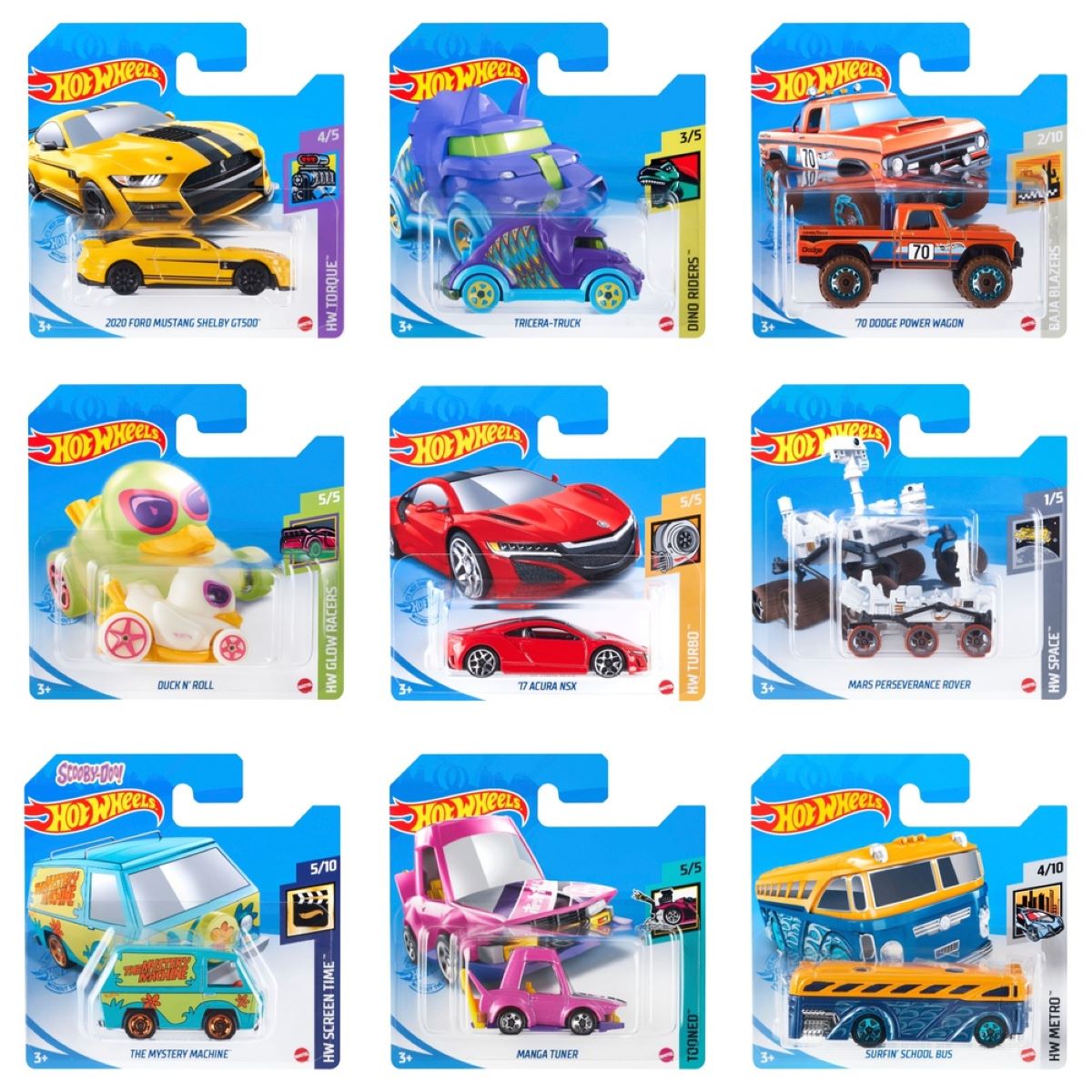

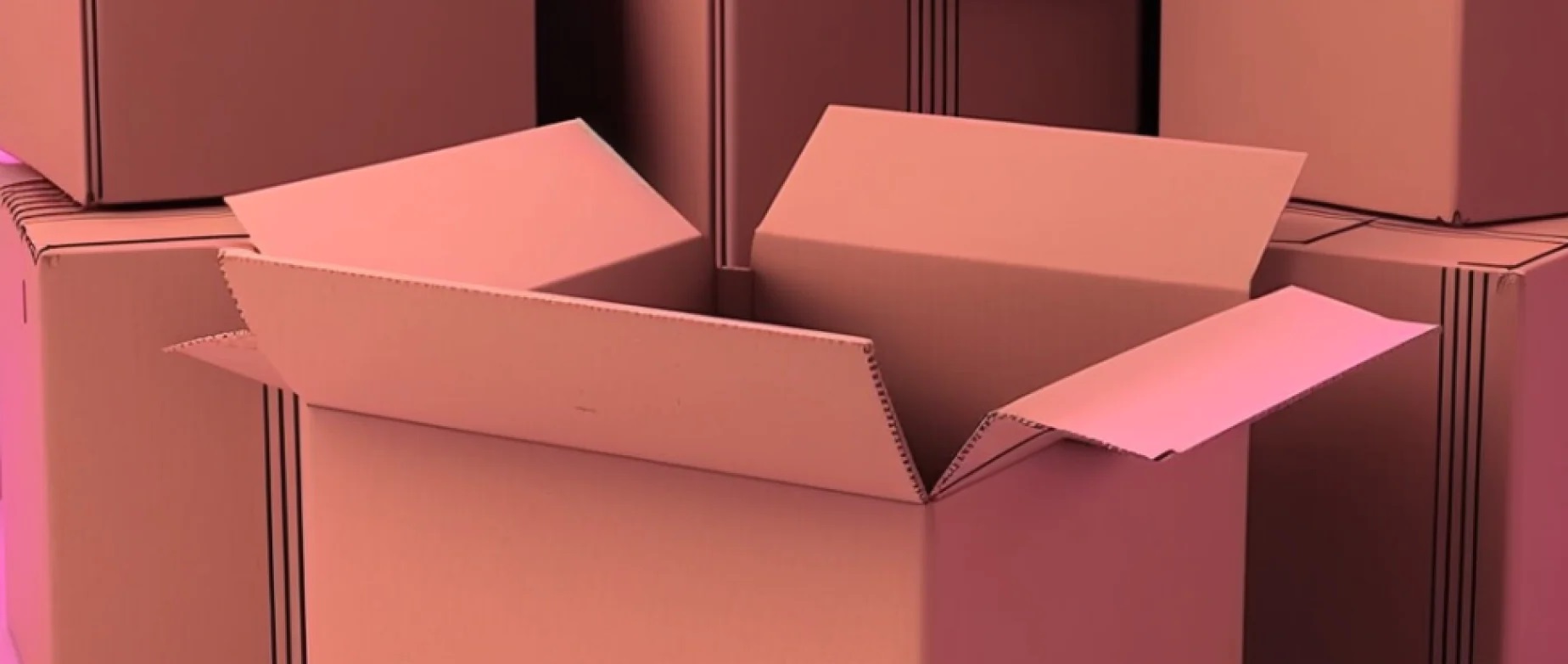

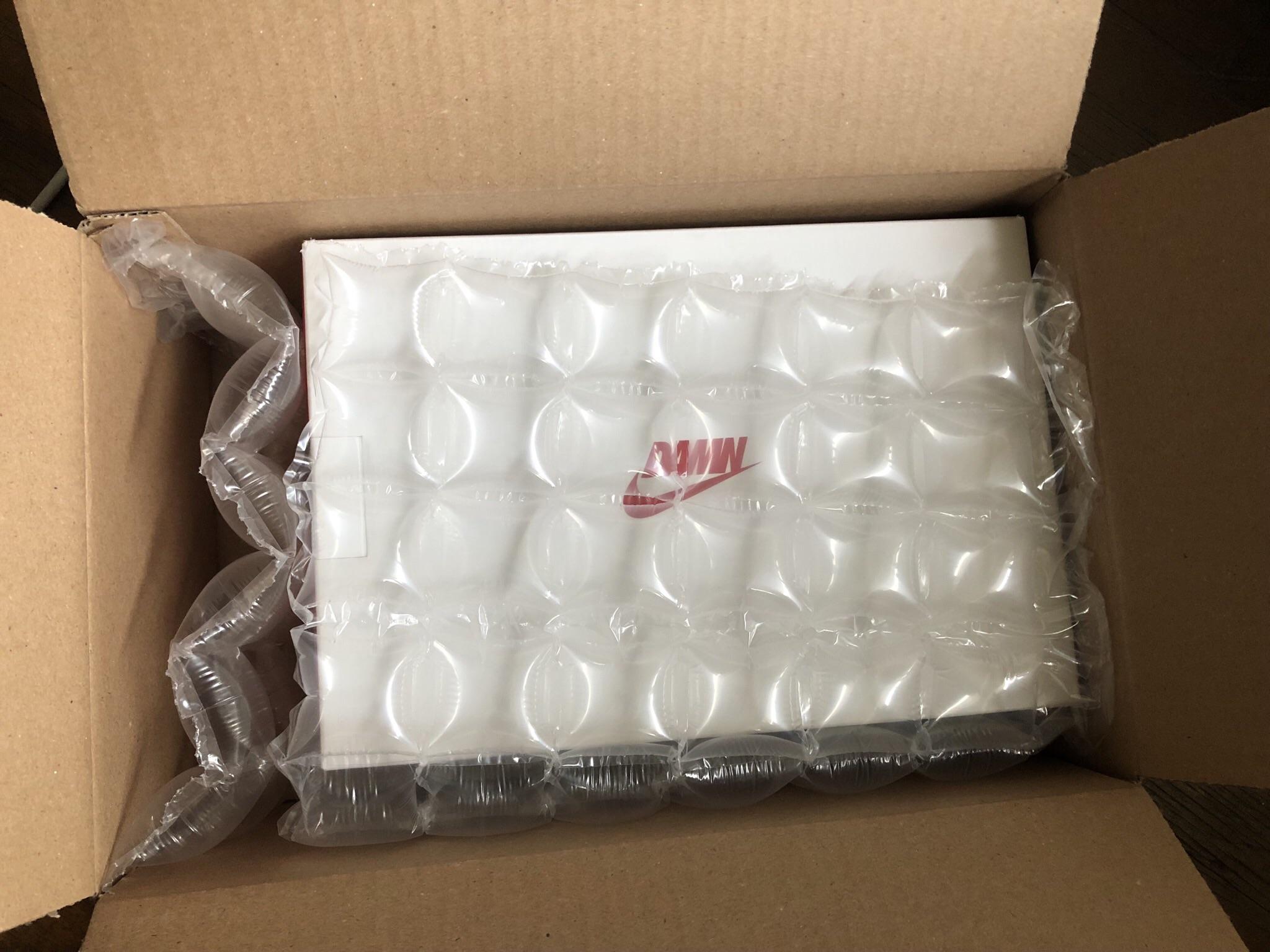
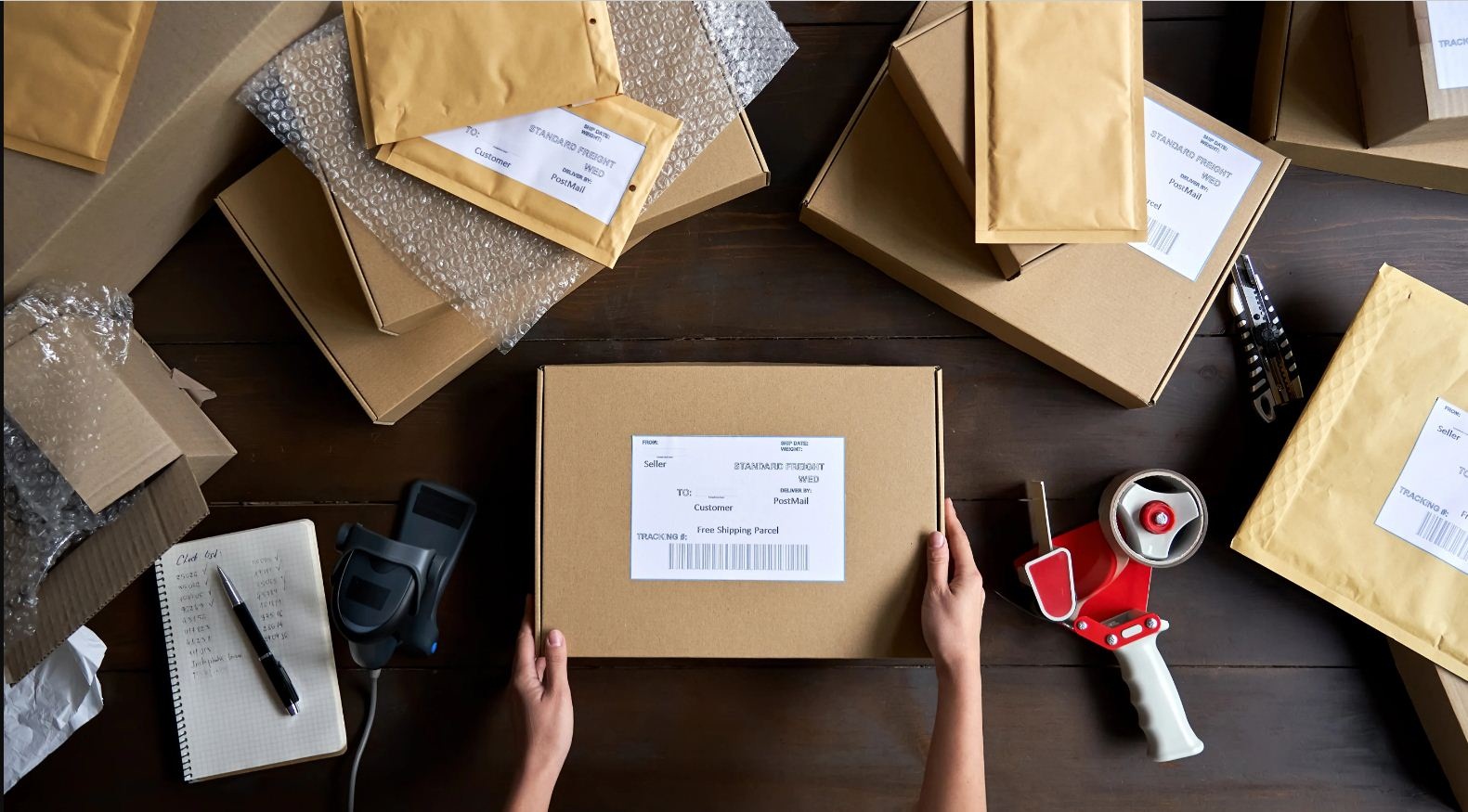
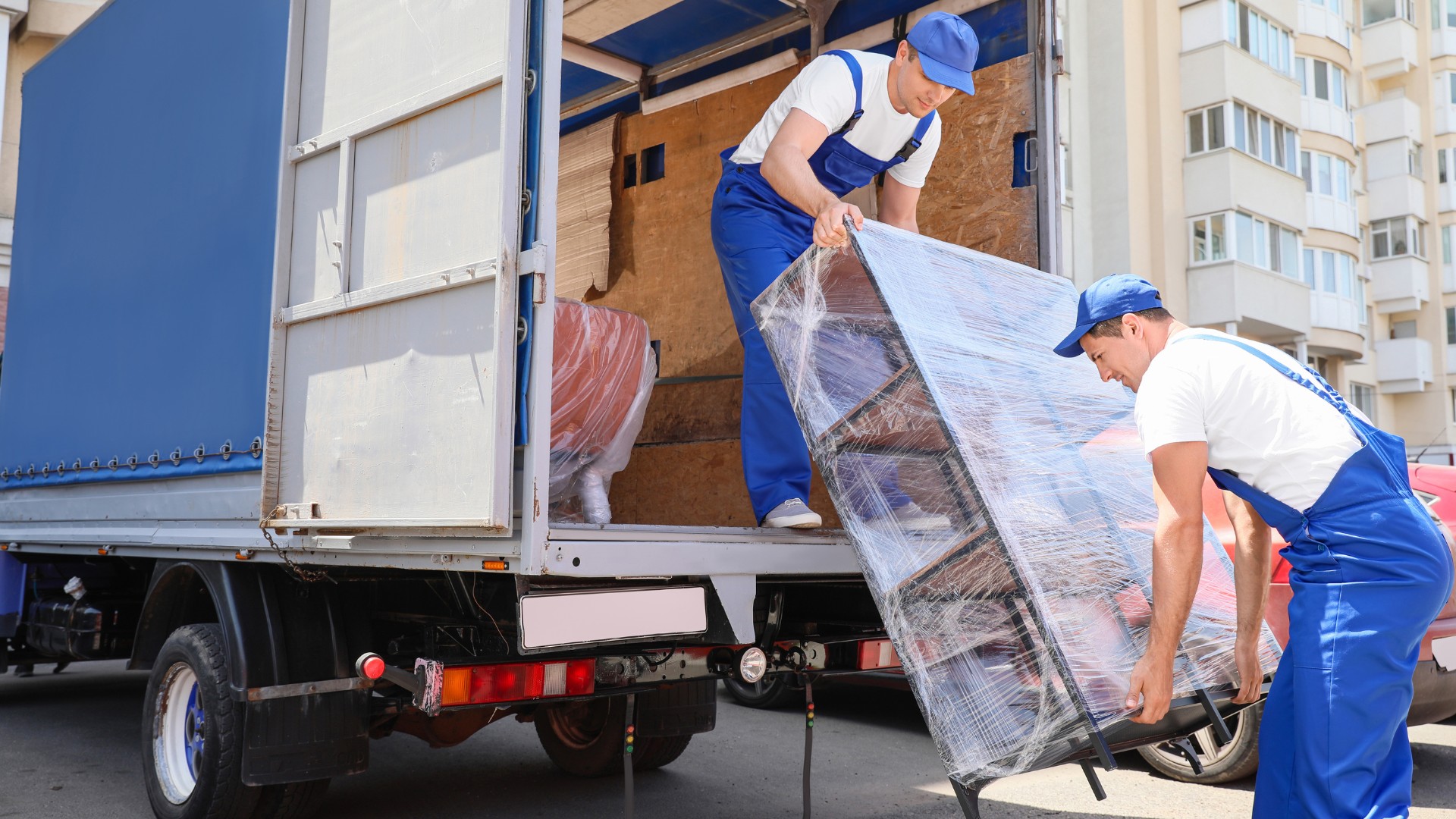

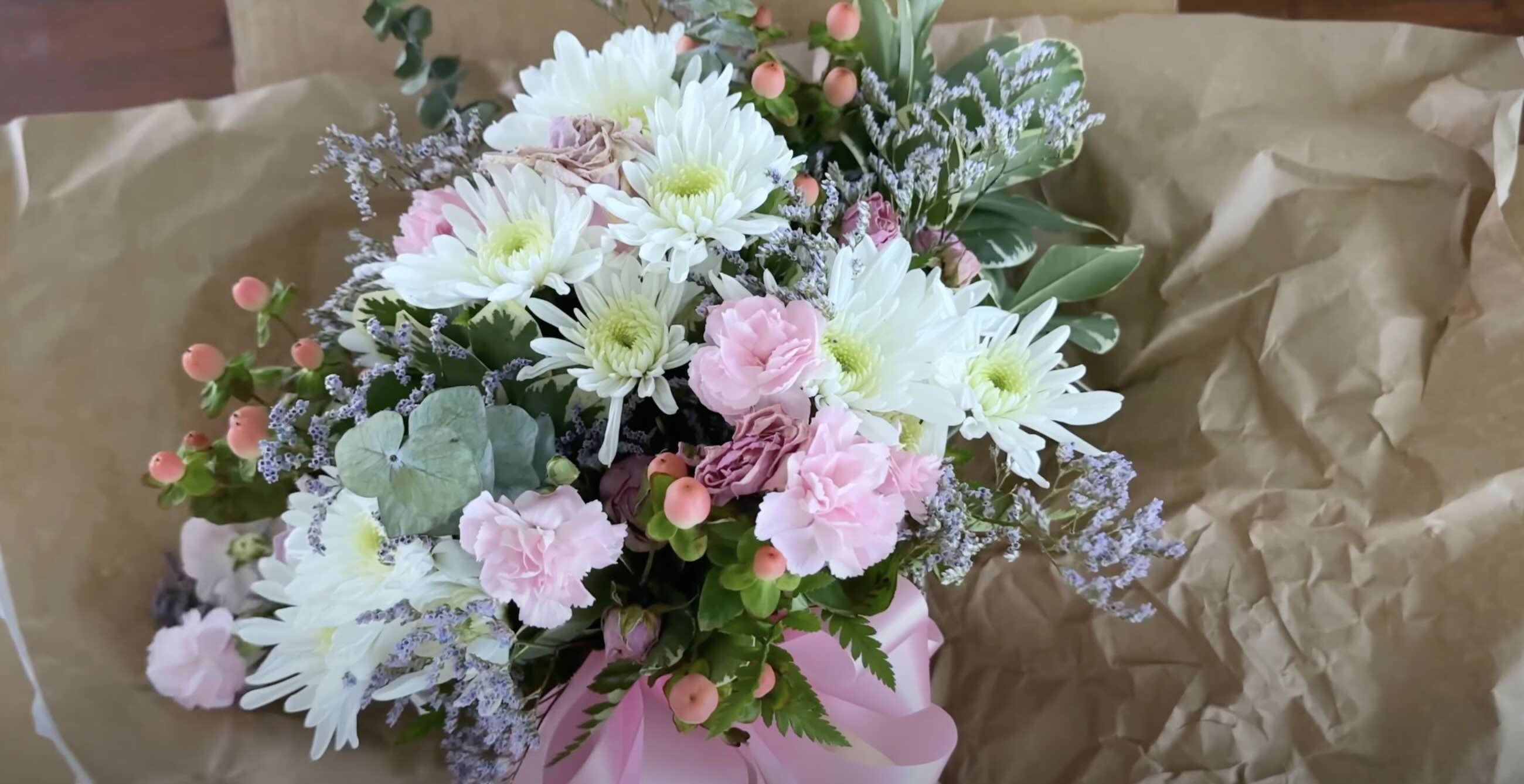
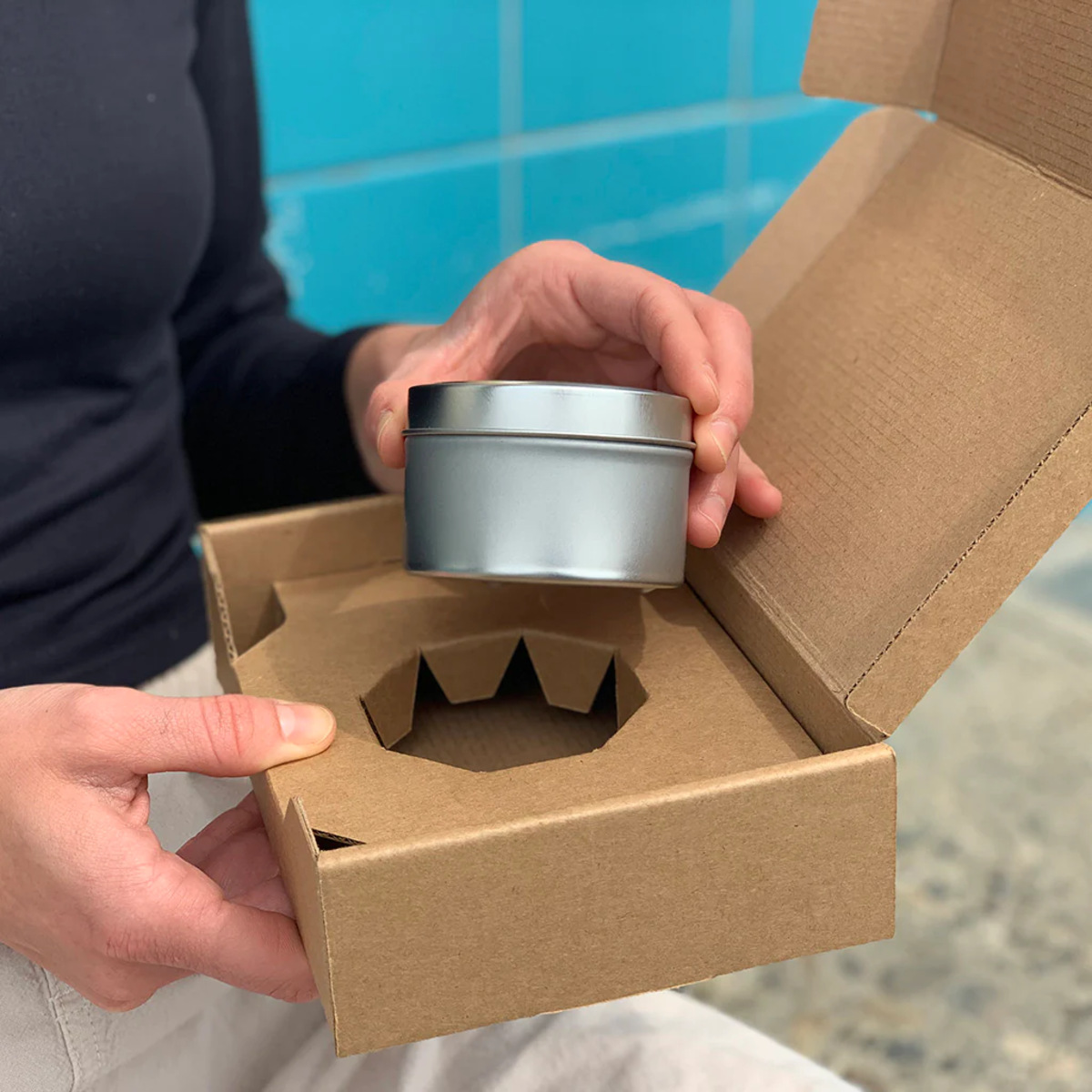

0 thoughts on “How To Package Glass For Shipping”